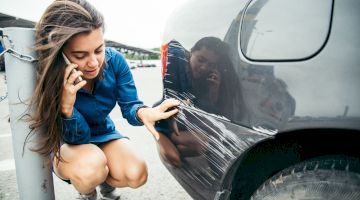- Online car rental since 2005
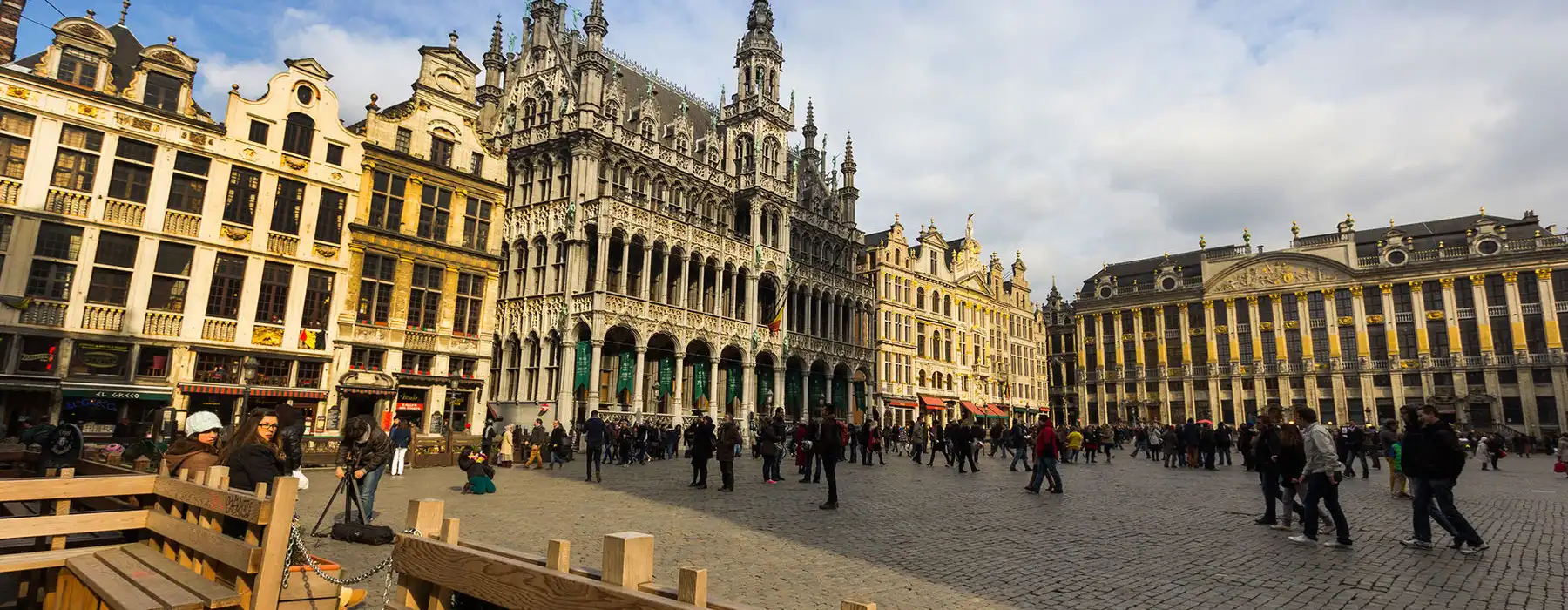
Car Rental Belgium
Save time and money. We compare the offers of car rental companies in Belgium on your behalf.
- Free cancellation Up to 48 hours prior to the scheduled pick-up time
- Best price guarantee Have you found a better price? Let us know and we will make you a better offer.
- 24000+ pick-up locations Locations around the world

Car Rental Belgium
EasyTerra Car Rental Belgium is an independent car rental comparison site. Our site compares prices from well-known car rental companies so that, as a customer, you can always reserve your car with us at a competitive rate.
Car rental offers in Belgium
Whether you're looking for a small rental car or a station wagon for the entire family, we will always have a suitable vehicle at the lowest price. Below are some examples from our selection in Belgium.
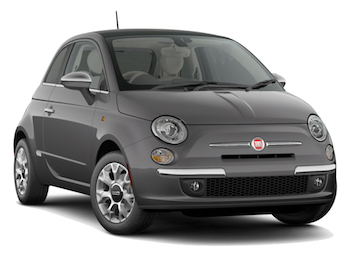
-
Thrifty From€ 22 /day -
Avis From€ 23 /day -
Budget From€ 24 /day
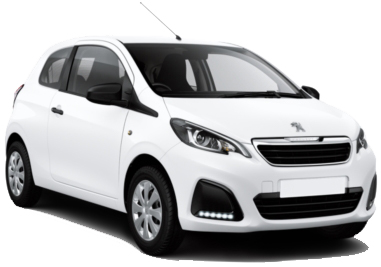
-
Budget From€ 23 /day

-
Avis From€ 24 /day -
Budget From€ 26 /day
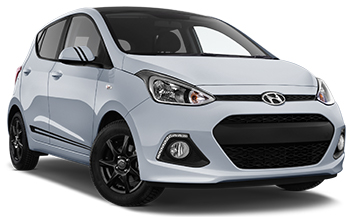
-
Hertz From€ 23 /day
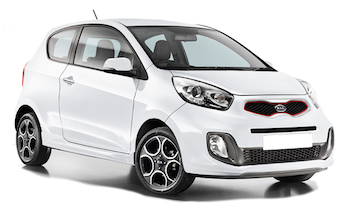
-
Alamo From€ 23 /day -
Enterprise From€ 25 /day -
Avis From€ 30 /day
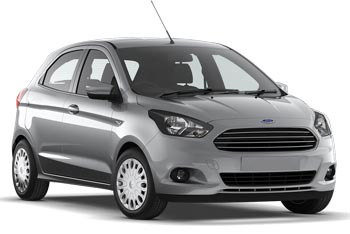
-
Avis From€ 25 /day
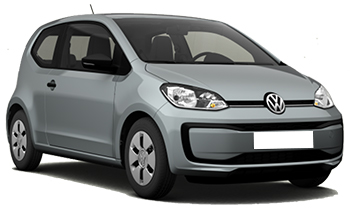
-
Alamo From€ 23 /day -
Enterprise From€ 25 /day

-
Avis From€ 23 /day -
Thrifty From€ 24 /day
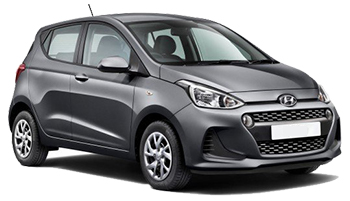
-
Hertz From€ 27 /day
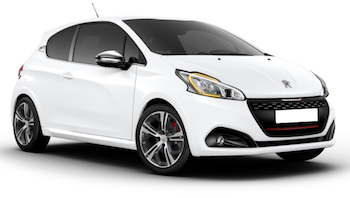
-
Keddy By Europcar From€ 18 /day -
Europcar From€ 24 /day -
Budget From€ 24 /day
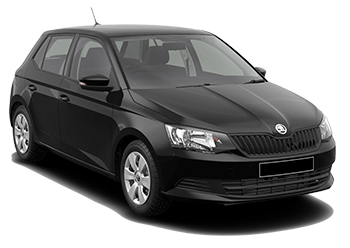
-
Keddy By Europcar From€ 19 /day -
Europcar From€ 25 /day
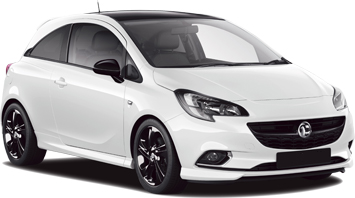
-
Keddy By Europcar From€ 22 /day -
Europcar From€ 24 /day -
Budget From€ 26 /day

-
Keddy By Europcar From€ 20 /day -
Europcar From€ 21 /day -
Thrifty From€ 23 /day

-
Keddy By Europcar From€ 24 /day -
Europcar From€ 29 /day -
Budget From€ 32 /day
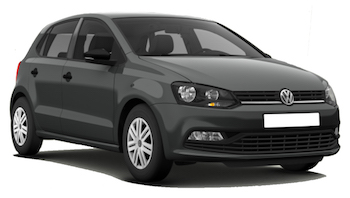
-
Keddy By Europcar From€ 22 /day -
Europcar From€ 22 /day -
Alamo From€ 24 /day

-
Keddy By Europcar From€ 22 /day -
Europcar From€ 33 /day

-
Keddy By Europcar From€ 24 /day -
Europcar From€ 26 /day -
Avis From€ 26 /day
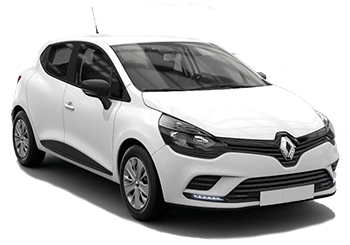
-
Avis From€ 23 /day

-
Europcar From€ 17 /day -
Keddy By Europcar From€ 29 /day
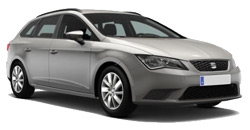
-
Keddy By Europcar From€ 19 /day -
Europcar From€ 24 /day
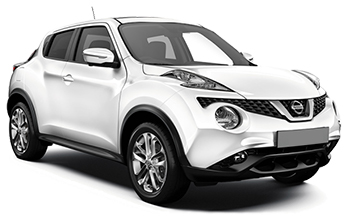
-
Keddy By Europcar From€ 23 /day -
Europcar From€ 26 /day -
Avis From€ 28 /day
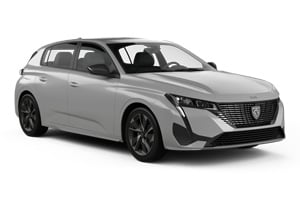
-
Keddy By Europcar From€ 19 /day -
Europcar From€ 25 /day -
Alamo From€ 25 /day

-
Europcar From€ 20 /day -
Flizzr From€ 26 /day -
Budget From€ 27 /day

-
Keddy By Europcar From€ 24 /day -
Europcar From€ 26 /day

-
Keddy By Europcar From€ 20 /day -
Europcar From€ 25 /day
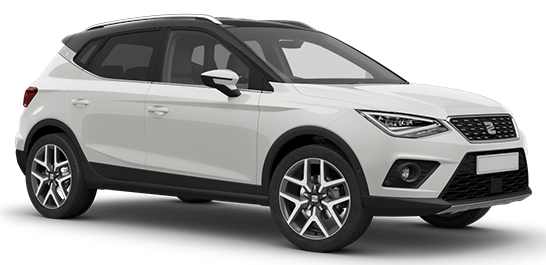
-
Keddy By Europcar From€ 21 /day -
Thrifty From€ 23 /day -
Hertz From€ 24 /day
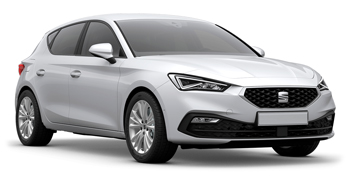
-
Keddy By Europcar From€ 24 /day -
Europcar From€ 30 /day
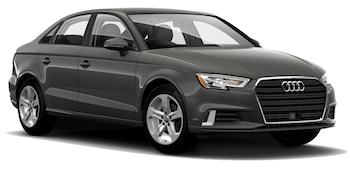
-
Europcar From€ 24 /day
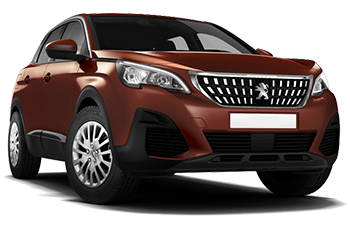
-
Keddy By Europcar From€ 24 /day -
Europcar From€ 26 /day -
Sixt From€ 30 /day

-
Keddy By Europcar From€ 25 /day -
Avis From€ 36 /day -
Sixt From€ 42 /day
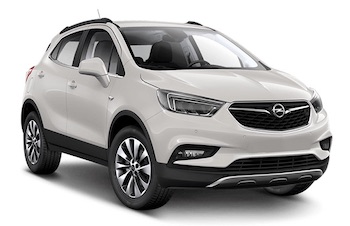
-
Thrifty From€ 25 /day -
Hertz From€ 26 /day -
Enterprise From€ 29 /day

-
Keddy By Europcar From€ 31 /day
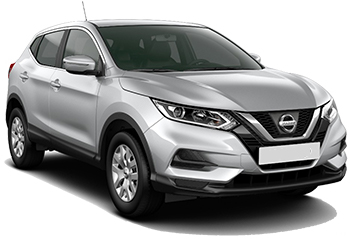
-
Hertz From€ 26 /day -
Avis From€ 35 /day -
Budget From€ 35 /day
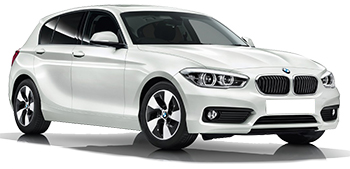
-
Alamo From€ 26 /day -
Enterprise From€ 28 /day -
Hertz From€ 37 /day

-
Hertz From€ 32 /day
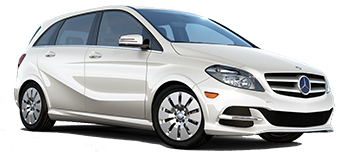
-
Alamo From€ 27 /day -
Enterprise From€ 30 /day -
Europcar From€ 33 /day
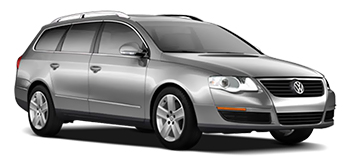
-
Alamo From€ 26 /day -
Enterprise From€ 30 /day
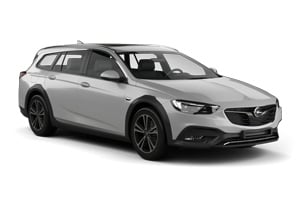
-
Alamo From€ 26 /day -
Enterprise From€ 29 /day

-
Keddy By Europcar From€ 30 /day -
Europcar From€ 38 /day
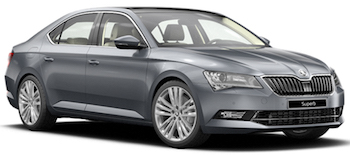
-
Alamo From€ 26 /day -
Enterprise From€ 30 /day

-
Keddy By Europcar From€ 28 /day -
Europcar From€ 30 /day
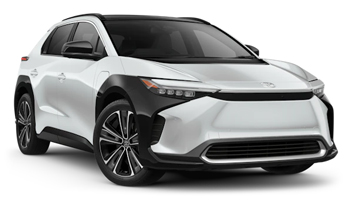
-
Keddy By Europcar From€ 31 /day
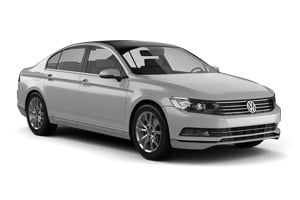
-
Alamo From€ 29 /day -
Enterprise From€ 31 /day -
Europcar From€ 64 /day
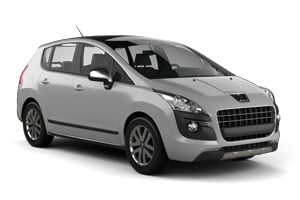
-
Sixt From€ 36 /day -
Flizzr From€ 46 /day

-
Keddy By Europcar From€ 30 /day -
Europcar From€ 33 /day
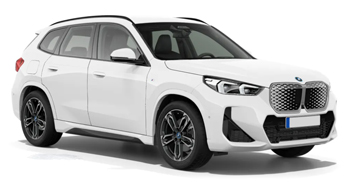
-
Sixt From€ 38 /day -
Flizzr From€ 39 /day
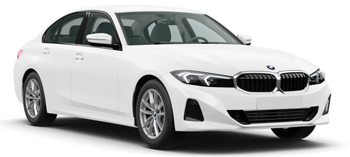
-
Flizzr From€ 38 /day -
Sixt From€ 38 /day -
Avis From€ 57 /day
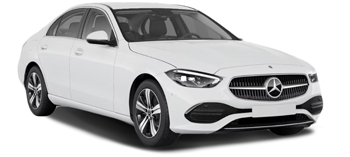
-
Keddy By Europcar From€ 39 /day -
Budget From€ 57 /day -
Hertz From€ 58 /day
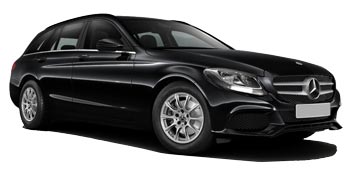
-
Europcar From€ 38 /day -
Keddy By Europcar From€ 39 /day -
Hertz From€ 52 /day

-
Sixt From€ 45 /day -
Flizzr From€ 49 /day -
Avis From€ 58 /day
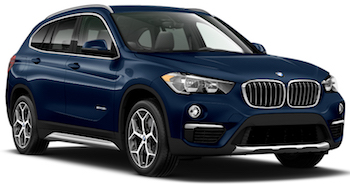
-
Sixt From€ 40 /day -
Flizzr From€ 41 /day
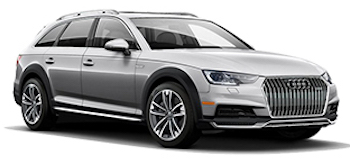
-
Europcar From€ 40 /day -
Keddy By Europcar From€ 41 /day

-
Keddy By Europcar From€ 45 /day -
Europcar From€ 59 /day
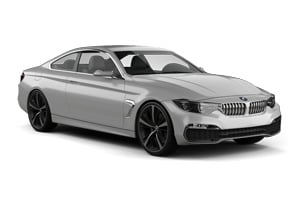
-
Sixt From€ 42 /day -
Flizzr From€ 43 /day
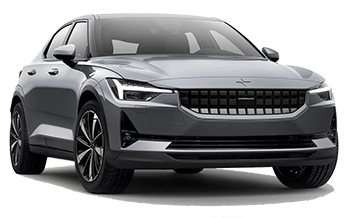
-
Hertz From€ 37 /day -
Budget From€ 65 /day

-
Hertz From€ 44 /day -
Budget From€ 71 /day
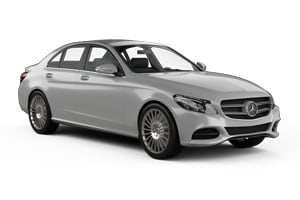
-
Europcar From€ 45 /day -
Budget From€ 59 /day -
Avis From€ 62 /day
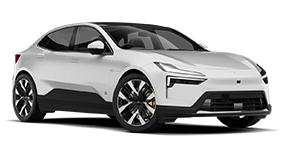
-
Budget From€ 46 /day

-
Europcar From€ 47 /day -
Budget From€ 78 /day

-
Sixt From€ 47 /day

-
Budget From€ 50 /day
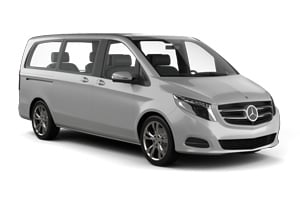
-
Europcar From€ 52 /day

-
Sixt From€ 53 /day

-
Keddy By Europcar From€ 25 /day -
Europcar From€ 26 /day
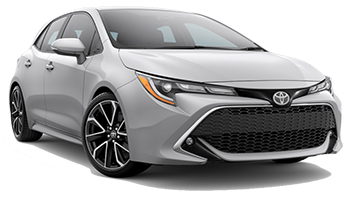
-
Alamo From€ 26 /day -
Enterprise From€ 29 /day -
Hertz From€ 57 /day
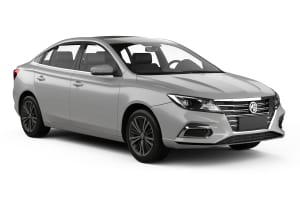
-
Keddy By Europcar From€ 27 /day -
Europcar From€ 37 /day
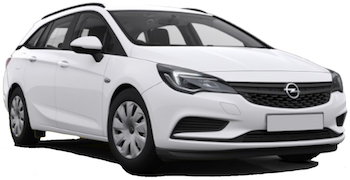
-
Alamo From€ 26 /day -
Enterprise From€ 30 /day -
Thrifty From€ 31 /day
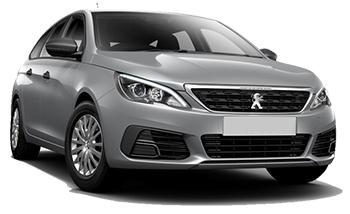
-
Flizzr From€ 26 /day -
Sixt From€ 29 /day -
Budget From€ 33 /day

-
Keddy By Europcar From€ 29 /day -
Europcar From€ 45 /day
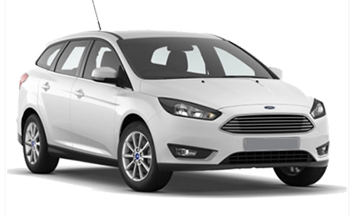
-
Alamo From€ 27 /day -
Enterprise From€ 30 /day -
Avis From€ 33 /day
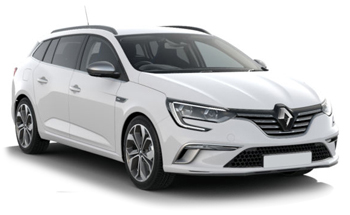
-
Alamo From€ 27 /day -
Enterprise From€ 29 /day

-
Sixt From€ 32 /day -
Flizzr From€ 46 /day

-
Europcar From€ 52 /day
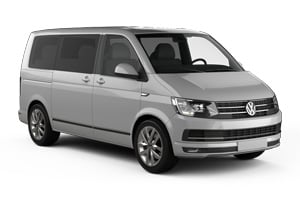
-
Sixt From€ 75 /day -
Alamo From€ 92 /day -
Enterprise From€ 101 /day
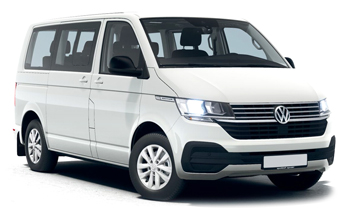
-
Sixt From€ 87 /day

-
Sixt From€ 83 /day -
Alamo From€ 92 /day -
Enterprise From€ 101 /day

-
Sixt From€ 89 /day
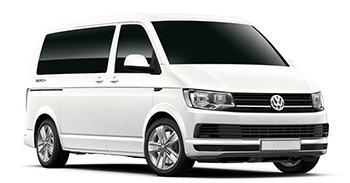
-
Avis From€ 90 /day -
Budget From€ 92 /day
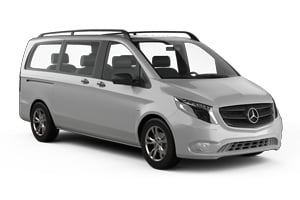
-
Sixt From€ 94 /day -
Europcar From€ 109 /day
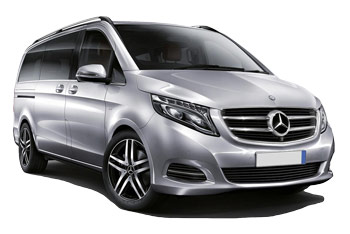
-
Europcar From€ 91 /day
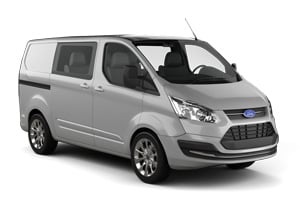
-
Hertz From€ 98 /day
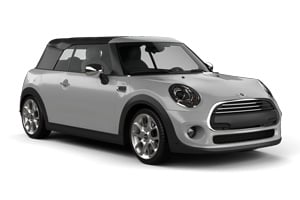
-
Sixt From€ 37 /day
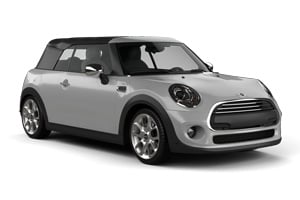
-
Sixt From€ 37 /day

-
Sixt From€ 49 /day

-
Sixt From€ 52 /day
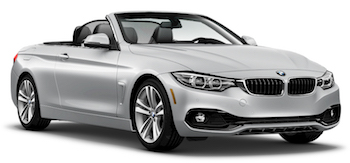
-
Sixt From€ 61 /day
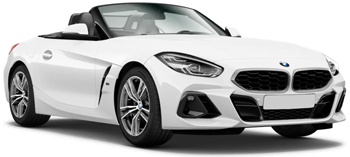
-
Sixt From€ 61 /day

-
Sixt From€ 64 /day

-
Sixt From€ 69 /day

-
Flizzr From€ 24 /day -
Sixt From€ 26 /day

-
Flizzr From€ 24 /day -
Sixt From€ 26 /day
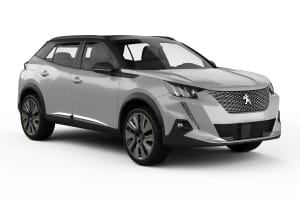
-
Sixt From€ 29 /day -
Flizzr From€ 36 /day

-
Alamo From€ 26 /day -
Enterprise From€ 29 /day
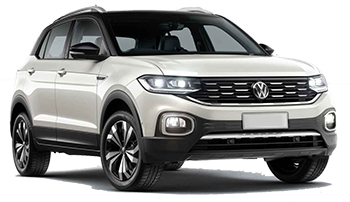
-
Alamo From€ 26 /day -
Enterprise From€ 30 /day

-
Keddy By Europcar From€ 31 /day

-
Flizzr From€ 26 /day -
Sixt From€ 29 /day

-
Flizzr From€ 26 /day -
Sixt From€ 28 /day -
Enterprise From€ 28 /day

-
Avis From€ 32 /day

-
Europcar From€ 17 /day -
Keddy By Europcar From€ 29 /day

-
Europcar From€ 20 /day -
Flizzr From€ 26 /day -
Budget From€ 27 /day

-
Europcar From€ 25 /day -
Budget From€ 29 /day -
Sixt From€ 37 /day

-
Europcar From€ 22 /day

-
Keddy By Europcar From€ 22 /day -
Europcar From€ 25 /day -
Hertz From€ 26 /day

-
Keddy By Europcar From€ 25 /day -
Europcar From€ 35 /day

-
Keddy By Europcar From€ 22 /day -
Europcar From€ 33 /day

-
Keddy By Europcar From€ 24 /day -
Sixt From€ 26 /day -
Flizzr From€ 27 /day

-
Keddy By Europcar From€ 27 /day -
Europcar From€ 37 /day
Popular cities in Belgium
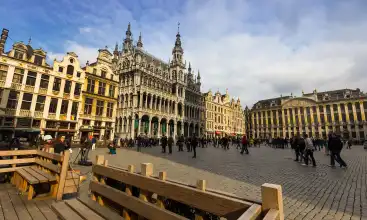
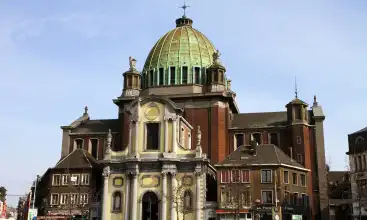
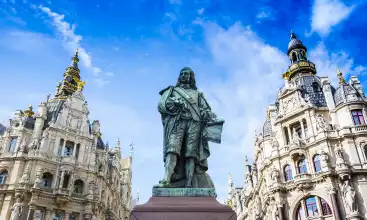
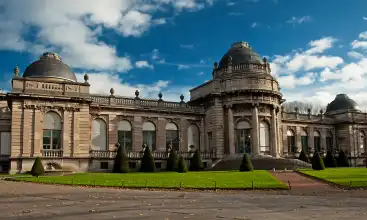
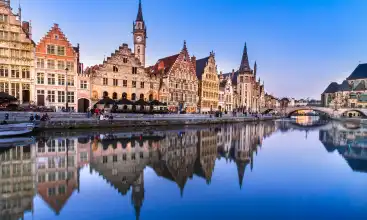
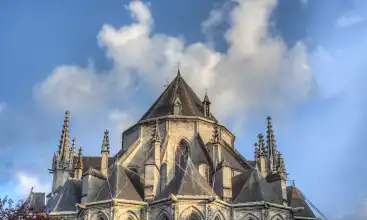
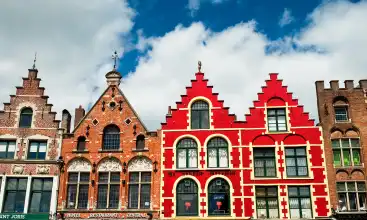
Popular rental locations in Belgium
Useful tips for a well-prepared trip
Which insurance should I choose, and what's the deal with the deposit? Read our articles with useful information and tips to ensure you choose the right rental car for you.

Location information for Belgium
Belgium is best explored by rental car. EasyTerra Car Rental has over 37 pick-up locations in Belgium. This means there is always a pick-up location close to your destination.
Most popular car hire locations in Belgium
Introduction
Belgium is a Western European country bordering on France, the Netherlands, Germany and Luxembourg. The country is located in the heart of Europe. Belgium consists of two different regions; French-speaking Wallonia and Dutch-speaking Flanders. After the Second World War, the country developed into a wealthy nation in which the "capital" of the European Union is situated: Brussels.
History
Belgium has not always been an independent state. In the Middle Ages the Roman Empire had been divided into various states. Present-day Belgium was part of France and the German Empire. At the end of the 18th century, present-day Wallonia fell into the hands of Napoleon's France. In 1815, Napoleon was defeated at the Battle of Waterloo. The four major powers of the time, England, Austria, Prussia and Russia, decided to reunite the area now known as the Benelux, to form a buffer against possible French invasions. This state, the United Kingdom of the Netherlands, was led by the protestant King William I of Orange.
After an independence war in 1830, Belgium was proclaimed an independent constitutional monarchy. Luxembourg remained a part of the Netherlands until 1890.
During the two World Wars, Belgium was occupied by Germany. After the Second World War, Belgium developed rapidly. The Benelux was formed and Belgium was one of the founders of the current European Union. This period is also known for the tensions between the Flemish (in the north) and the Walloons (in the south). A language barrier was created between these areas. The Flemish spoke Dutch and the Walloons French.
Society and culture
Belgium is one of the most densely populated countries in Europe. It has 10.4 million inhabitants. In Flanders there are no fewer than 6 million inhabitants. They are located in and around the cities of Brussels, Antwerp and Louvain. Wallonia only has 3,4 million inhabitants, most of whom live in and around the cities of Mons, Charleroi and Liege. Brussels has 1 million inhabitants.
Most Belgians are Flemish or Walloon. Together they make up 85% of the population. Other ethnic groups from Europe (Italians, French and Germans) represent 11% of the population. A small percentage (about 3%) is Middle Eastern, and is originally from countries like Morocco, Algeria and Turkey.
Some 60% of the population speaks Dutch. About 40% speaks French, and some Belgians speak German (less than 1%). In Brussels most people speak French, despite the fact that the city is officially bilingual.
The people of Belgium are predominantly Catholic. Also, there are many Muslims (some 300,000), orthodox (some 80,000) and Protestants (60,000). About 20% of all Belgians is non-religious.
Belgium is known for its fine art and beautiful castles and monuments. Festivals play an important part in the nation's cultural life. The country also offers plenty of opportunities in the area of sports. Belgians love a good game of football or a nice bicycle trip. Belgium is also the birthplace of many cartoon characters, like 'Tintin'.
Political Situation
Belgium is a constitutional monarchy with a parliamentary democracy. The King of Belgium is Albert II. Although in principle he is the leader of the country, these days this hereditary position is mostly ceremonial. The parliament is made up of a House of Representatives and a Senate. The federal government needs the trust of the House of Representatives, and it is formally appointed by the king. The government is led by the prime minister. The prime minister of Belgium is Guy Verhofstadt. The Members of Parliament are elected every four years. Because voting is mandatory, turn out tends to be very high in comparison to many other countries.
The political situation in Belgium is very complex. Political power is divided among the various language communities. This means that Belgium has seven parliaments and six governments. Every language community has its own government and political parties. The three regions of Flanders, Wallonia and Brussels have a large degree of autonomy. There are also unitary parties in Belgium, parties that do not belong to a certain language community, but that see the country as a unity.
Economy
Belgium is located in a central position in Europe. This is very advantageous for the country's economy. It means that industry, trade, services and transportation are very important. Belgium has an open economy and an excellent transportation and infrastructure network. There are many ports, canals, railways and highways. This extended transportation network is needed for a smooth cooperation with other countries.
The Belgian economy is based on foreign trade. Food, clothing, accessories, textile and iron are highest on the list of exported products. The main export products are iron and steel, transport equipment, finished diamonds, textile and petroleum products. The countries with which Belgium trades the most are Germany, the Netherlands, France, Great Britain, Italy, United States and Spain.
Brussels is not only the capital of Belgium; it is also the "capital of Europe". The administrative centre of the European Union is located in this city. This brings employment in the services sector. Furthermore, Belgium invests a great deal in research and development to ensure that its favorable economic position is maintained.
Since 1999, the currency of Belgium is the euro.
Geography and climate
Belgium covers an area of over 30,000 square kilometers. This area contains three geological regions: the coastal plains in the north-west (Low Belgium), the central plateau (Central Belgium) and the Ardennes in the south-east (High-Belgium). The total coast measures 66.5 kilometers. The entire coast faces the North Sea. The coastal plains are predominantly dunes and polders. The central plateau is a slowly rising area consisting of fertile valleys. In addition, this area contains a fairly rough landscape with caves. The Ardennes are the least highly populated and wooded area. This area is extremely suitable for hiking, cycling and other activities. The highest point of Belgium is 694 meters high. On top of it, there is a 6 meter high construction that can be reached by stairs: the Signal of Botrange.
The main rivers of Belgium are the Meuse and the Schelde. Along the rivers there are reclaimed areas. The country is recently faced with flooding.
In Low Belgium, Central Belgium and the polders, there is a maritime climate with precipitation in all seasons. Furthermore, Belgium also has a moderate climate. The winters are soft and during the summer the temperatures are not high. The average temperature in January is 3 degrees Centigrade; in June, the average temperature is 18 degrees Centigrade. Average rainfall in January is 65 millimeters, in June the average is 78 millimeters.
Traffic and infrastructure
Trains are a fast and affordable way of transport in Belgium. In addition, they reach both the urban and the rural areas. The railway network is extensive and of good quality. There are Intercity trains (IC) and interregional trains (IR). Distances in Belgium are modest. This means that you will only travel in the same direction for a few hours at the most. High-speed trains also depart from Belgium, for instance the TGV to Paris.
Belgium's bus network is also extensive. TEC and De Lijn are the major bus companies. TEC operates in southern Wallonia and De Lijn in Flanders. Furthermore, in the coastal cities and in the major cities (Antwerp, Gent and Brussels) you can travel by tram. Brussels also has a subway network.
Because Belgium is a small country, there are not many internal flights. Of course, airplanes offer an excellent way to visit Belgium from abroad. Brussels' international airport is the country's main airport: Zaventem International Airport. Other airports are: Antwerp International Airport (ANR), South Charleroi International Airport (CRL), Gent Airport (GNE), Knokke/Het Zoute Airport (KNO), Liege Airport (LGG) and Ostend- Bruges International Airport (OST).
Like almost all countries by the sea, Belgium has international ferry transport. From Ostend you can travel to England by ferry. Especially the transport of goods by water is very common. The main ports of Belgium are Antwerp and Gent. The country's central location in Europe, the excellent infrastructure that connects the port with Europe and the ports accessibility by water, make Antwerp one of the largest ports in the world.
Belgians drive on the right side of the road. Seat belts are obligatory. In addition, make sure you do not drive when you have drunk more than one beer or other alcoholic beverage. The rules with regard to drinking and driving are strict. Also, mind the speed limit; the roads are monitored and speeding tickets are steep. Distances and maximum speeds are indicated in kilometers.
Food and Drink
The Belgian kitchen is a combination of the Dutch and the French kitchen. Meat and fish are staple ingredients. Belgium is known for its many beers. Often, beer is added as an ingredient to a dish, or it is used to stew meat. There are no fewer than 400 kinds of Belgian beers. A famous Belgian is Trappist Ale, which used to be brewed by monks. Furthermore, the country is known for its 'Belgian fries'. Other Belgian delicacies are waffles and bonbons. Belgian chocolate is known throughout the world.
Belgians like good food and coming together for a good glass of beer. There are enough restaurants and bars everywhere. Restaurants vary in luxury and price. In tourist sites you can order a hot meal throughout the day. Tips are appreciated: ten percent is customary.
Accommodation
As a tourist in Belgium, you can choose from various kinds of accommodations. Hotels are located throughout the country, in particular in and around major cities. They are not only luxury four-star hotels, but also those who prefer a cozier and cheaper kind of hotel will not be disappointed. Furthermore, it is possible to rent holiday cottages or visit a campsite. Finally, it is possible to spend the night in a beautiful Belgian castle and taste the Belgian atmosphere and enjoy the scenery.
External Sources
For more information about Belgium, in addition to Google we recommend the following sources:
Practical information
-
CurrencyEuro
-
Driving directionRight
-
City speed limit50 km/h
-
Freeway speed limit90 km/h
-
LanguageDutch, German, French
-
Popular car categoryCompact
What most people want to know
The following questions and answers are a selection of the most popular questions. If you do not find the answer to your question, have a look at the Frequently Asked Questions page or contact us.
- Europcar
- Hertz
- Alamo
- Enterprise
- Sixt
- Keddy By Europcar
- Dollar Rent a Car
- Flizzr
- Budget
- Avis
- Thrifty
- InterRent
- National Car Rental
- Your Rent
- CITROEN
